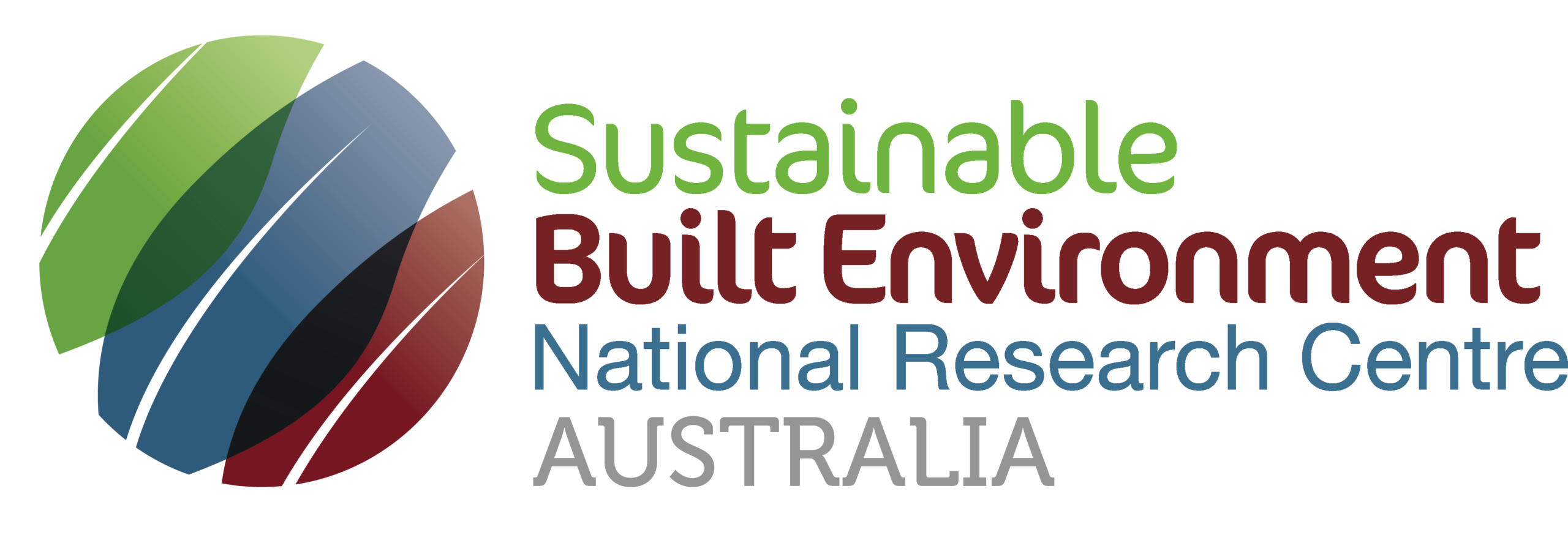
3.1 Collaborative Object Libraries Supporting the Facility Lifecycle

Project Number
3.1Round
Round 1Date
September 2011 - February 2013Research Team

Professor Robin Drogemuller
BArch BAppSc(Maths&Comp)
robin.drogemuller@qut.edu.au
Documents for Downloading
Industry Report
P3.1 Collaborative Object Library Final Report (November 2012)
Last Updated: 2024-08-06 14:55:54
The aim of this project is to improve industry productivity by extending the current paradigm of computer-aided design (CAD) libraries to support the design, construction, facilities management and demolition/re-use information across disciplines and throughout the building lifecycle.
A fundamental problem faced by industry is that CAD library objects created and included in electronic models are duplicated by each discipline and most cannot be effectively shared between practices and projects. The CAD library objects are expensive to create and the current position significantly compromises interoperability and efficiency of the industry.
The problem affects all areas of infrastructure and building construction. It is most acute for building projects, where design professionals rely on software libraries to maintain standardisation of object definitions, to increase productivity, and improve quality throughout the development lifecycle thereby reducing costs and improving delivery times for projects.
Each construction project uses libraries of products and processes. These capture information about the project that is used across multiple projects (industry wide) or within a single project (project specific). The current range of computer softwares used for design and analysis each address these libraries in individual ways, with no indication from the vendors of a neutral approach to libraries. This:
- Prevents rationalisation and re-use within organisations, within projects, and across the industry;
- Creates inefficiencies as businesses are hindered in the transfer of data between systems;
- Creates a barrier to SME adoption of this more productive technology;
- Results in a loss of productivity to designers and constructors; and
- Becomes costly to maintain object libraries in facility management systems using current industry practices and tools.
The efficiency of digital modelling processes will improve enormously if it becomes possible:
- To share object libraries across different softwares, thereby reducing effort required by individual organisations to exploit the capabilities of digital modelling;
- For SMEs within this industry to adopt and benefit from the digital technology available; and
- For object libraries to be adopted within the procurement supply chain process and in facility management systems.
Project Outcomes
This project will:
- Define and implement a neutral format for the storage of product library data that interacts directly with proprietary software systems;
- Make it possible for product manufacturers to have a single source of information on their products;
- Reduce the effort required by construction industry personnel to use software;
- Reduce duplication of effort across companies;
- Reduce transcription errors in documentation;
- Reduce use of out-of-date information;
- Increase sharing of information along the supply chain;
- Increase reliability of analyses due to access to up-to-date information; and
- Provide potential access to more reliable (certified) information.











